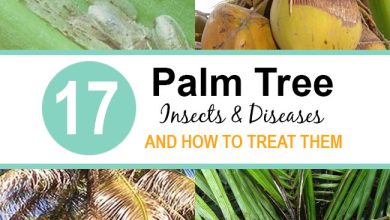Purslane: [Crop, Associations, Pests and Diseases]
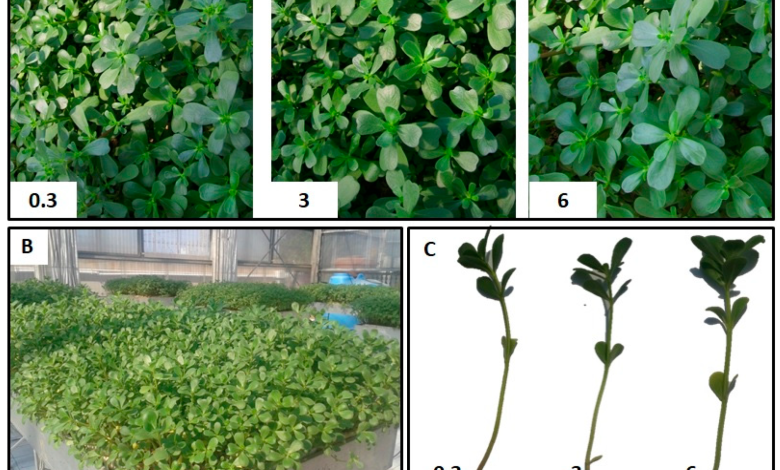
Important points when sowing Purslane
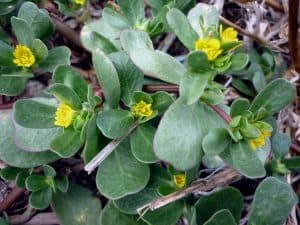 Where to sow? Full light. It needs a lot of sunlight and also thrives in the shade.
Where to sow? Full light. It needs a lot of sunlight and also thrives in the shade.- When? In spring or early summer.
- How do we prepare the land? removed. Cleaning weeds. Nutrient-rich substrate with earthworm humus or compost.
- How do we water? With drip.
- How often do we water?: Frequently in summer. Little rest of the year.
- Plagues and diseases? : resistant to pests and diseases.
Purslane, Portulaca oleracea, also called cat’s tongue, is known as a medicinal and edible wild herb, considered a «superfood» for the wide range of vitamins and minerals that can be extracted from the plant.
It comes from Asia, and is characterized by its succulent spoon-shaped leaves and its reddish stem, it is wild and is found in temperate and warm climates. In Portugal it is used in the countryside to make a very popular dish called purslane soup. Purslane is a rich source of omega-3.
When to sow a Purslane?
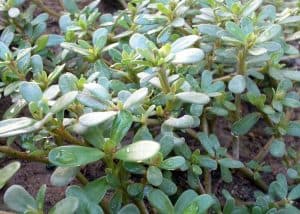 Purslane should be sown after spring frosts, spreading the seeds over the surface so that they are well covered with soil.
Purslane should be sown after spring frosts, spreading the seeds over the surface so that they are well covered with soil.
Finally, water taking care that the seeds remain underground. Some experts recommend placing the trays or pots with the seeds in the fridge for 15 days.
Then, move them to a warm and sunny place, and thus favor germination. Regarding humidity, it prefers a dry atmosphere.
Where to plant a Purslane?
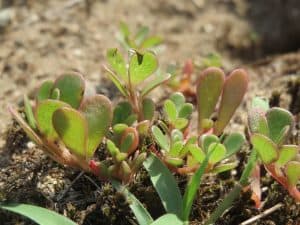 For the first few years, purslane needs filtered light so it’s best to place the pot or tray in a spot where it gets some light.
For the first few years, purslane needs filtered light so it’s best to place the pot or tray in a spot where it gets some light.
Under these conditions, germination will occur 1-2 weeks later.
When the plant is about 5 cm long, it is time to transplant them, always taking care that the soil remains moist and that the plant is in a sunny place.
It grows in many parts of the world during the warm season, in orchards, fields, or roadsides, and is easily grown even in pots.
How to prepare the land?
Purslane prefers poor soils, preferably sandy and with good drainage, so you will not have major complications if you live in a somewhat desert place.
It is a plant that can be grown in rocky places due to its low maintenance. Once the harvest is complete, the plant will continue to grow and develop new leaves, as purslane reproduces on its own.
How do we water a Purslane?
Purslane is a plant that in summer requires frequent watering, while in winter it is not necessary to water as regularly.
It is recommended to use drip irrigation, which can be used for the application of liquid fertilizers. Field experiences have proven that sprinkler irrigation increases phytosanitary problems, which led to the discarding of this type of system.
How do we sow a Purslane step by step?
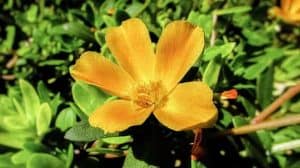 It is a succulent so it is propagated simply by cutting a piece and putting it in moist soil or a glass of water.
It is a succulent so it is propagated simply by cutting a piece and putting it in moist soil or a glass of water.
It is not complicated to grow purslane. The plant can be propagated in two ways: By spreading its seeds or by cutting the stems.
It usually takes about 10 days for seeds to germinate when exposed to temperatures between 70° and 90° Fahrenheit (21° and 32° C). Although the plants can grow anywhere, people generally prefer to grow them indoors.
Step-by-step recommendations for sowing purslane in any enclosed space:
- Acquire seeds or cuttings — Purslane seeds can usually be obtained from scattered plants, but they can also be purchased from nurseries. If you choose to collect wild purslane seeds, make sure the plants have not been sprayed with pesticides or herbicides.
- Fill a pot with plenty of soil — You can also add some soil from your compost bin as fertilizer.
- Plant the seeds by spreading them on the ground, but they should not be covered. Seeds need light to germinate and take root.
- If cuttings are used, they should be planted in the ground. Typically, it takes a few days for the cuttings to take root.
- Water the soil until moist — Avoid watering the soil to the point that it becomes excessively soggy. Seeds only need a limited amount of water to germinate.
- Keep the pot in a place where it can get enough sunlight — It will take about 2 weeks for the seeds to germinate.
What favorable associations does it have?
The association of crops of compatible plants produces benefits with respect to their cultivation separately, in addition to the use of light, water and/or nutrients.
Purslane, being a medicinal type plant, could be located near aromatic plants that can help control pests that affect purslane.
In some areas purslane is used to cover watermelons, pumpkins, melons and thus protect these crops from sunburn. But it cannot be planted with soybean or corn crops.
What pests and diseases attack Purslane?
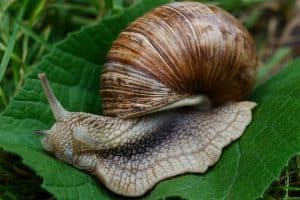 In general, purslane is quite resistant to pests and diseases, although it can sometimes be attacked by slugs and snails, although this is unlikely.
In general, purslane is quite resistant to pests and diseases, although it can sometimes be attacked by slugs and snails, although this is unlikely.
In the event that a pest occurs in purslane, they can always be combated with natural insecticides because it is an edible type plant.
Bibliography and references
- Santos Morell, Tania Lidice; Torres Chaviano, Ivonne; Nieves Guzman, Darma Lydia. (2012). Purslane, plant of pharmaceutical interest: Extraction, isolation and characterization of Portulaca oleracea L. from a hydroalcoholic extract. Spanish Academic Publisher. Madrid Spain.
- Sanz, Gonzalo Mateo. (2013). The plants of the Eastern Iberian System and their environment: Illustrated guide for their identification. University of Valencia. Jolube Botanical Consultant and Editor. Aragon-Spain.
- Fernandez, Juan A.; Niñirola, Diana; Vincent, Mary J.; Conesa, Encarnacion. (2007). Effect of planting density and type of substrate on the production of purslane (Portulaca oleracea L.) in a hydroponic culture of floating trays. Polytechnic University of Cartagena. Murcia-Colombia. Reproduced from: https://www.mapa.gob.es/ministerio/pags/biblioteca/revistas/pdf_SH/SH_2007_15_707_713.pdf
- Segura-Castruita, Miguel Angel; Yescas-Coronado, Pablo; Orozco-Vidal, Jorge Arnaldo; Fortis-Hernandez, Manuel; Preciado-Rangel, Pablo; Montemayor-Trejo, Jose Alfredo. (2018). Spatial distribution of the probability of occurrence of wild purslane (Portulaca oleracea L.) in the Laguna Region of Coahuila, Mexico. Research and Science. Autonomous University of Aguascalientes. Aguascalientes-Mexico. Reproduced from: https://www.redalyc.org/articulo.oa?id=67455945002


![Photo of Types of Substrates: [Concept, Characteristics, Natural and Artificial]](https://www.complete-gardening.com/wp-content/uploads/2021/06/sustrato_1586759129-390x220.jpg)
![Photo of Onion Diseases: [Characteristics, Types, Detection and Treatment]](https://www.complete-gardening.com/wp-content/uploads/2022/08/onion-diseases-characteristics-types-detection-and-treatment-390x220.jpg)
